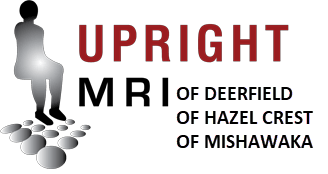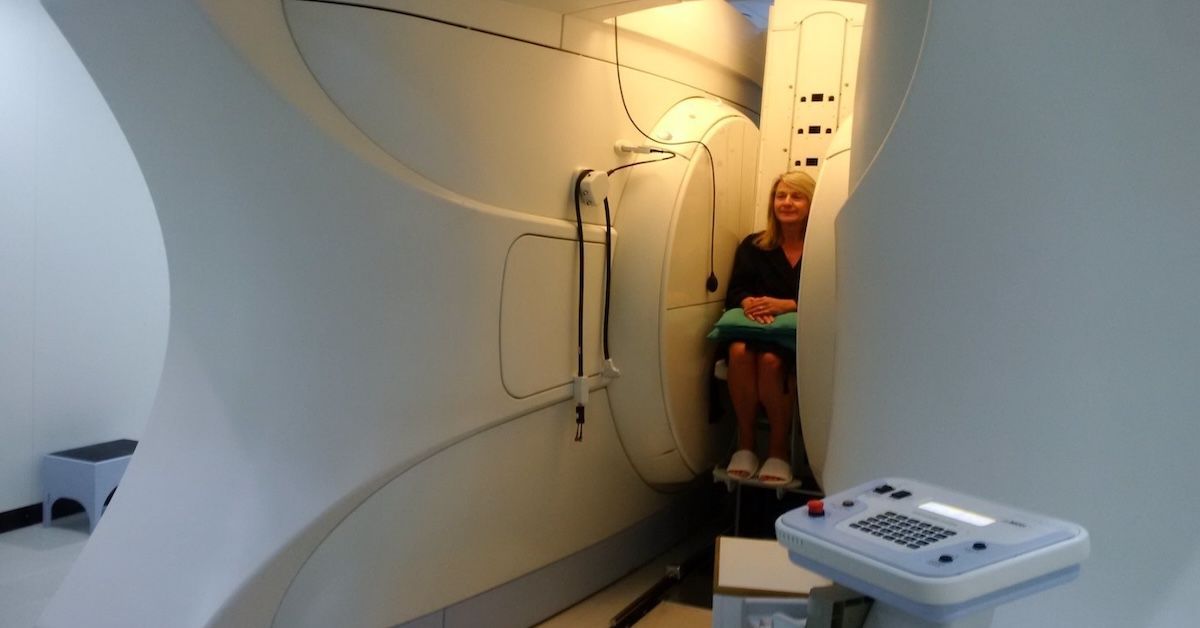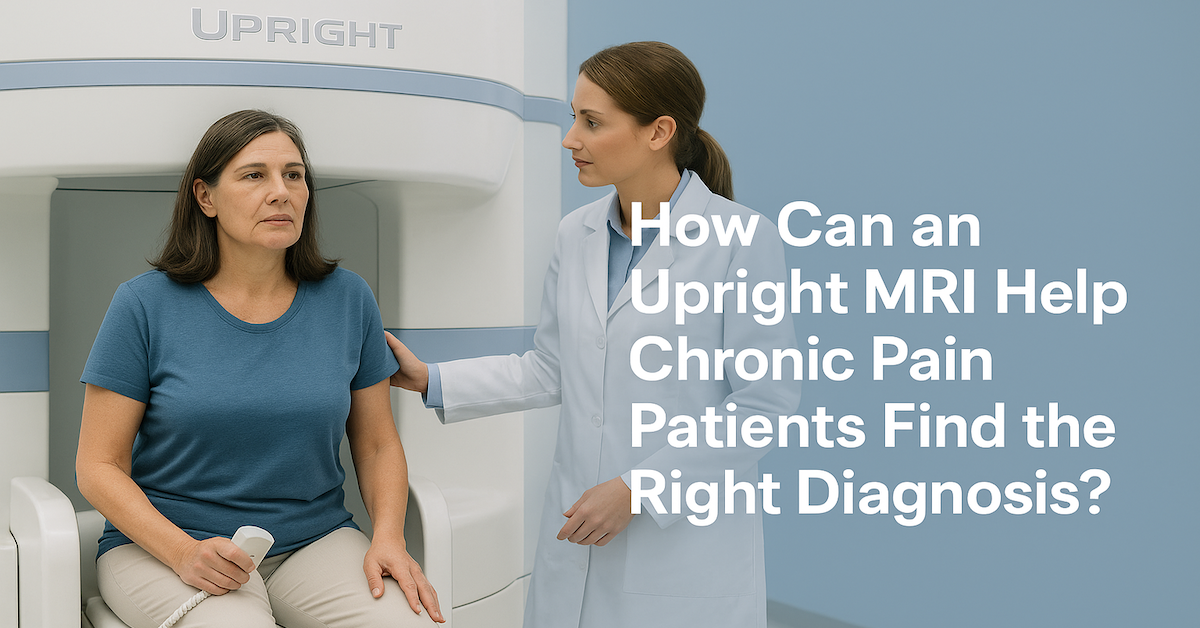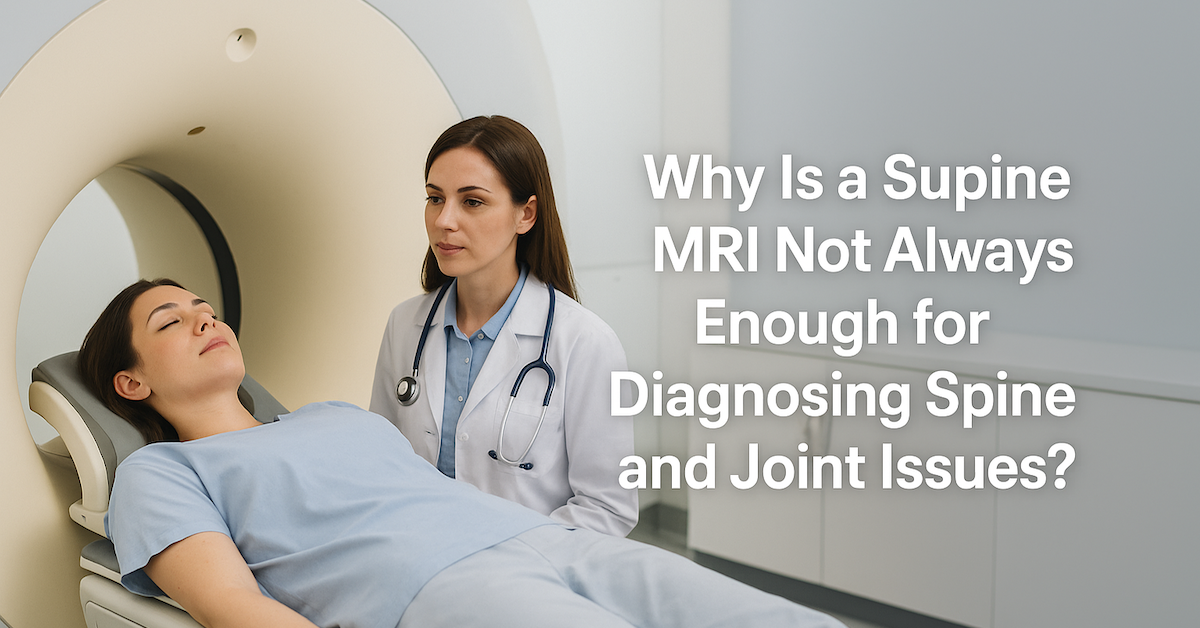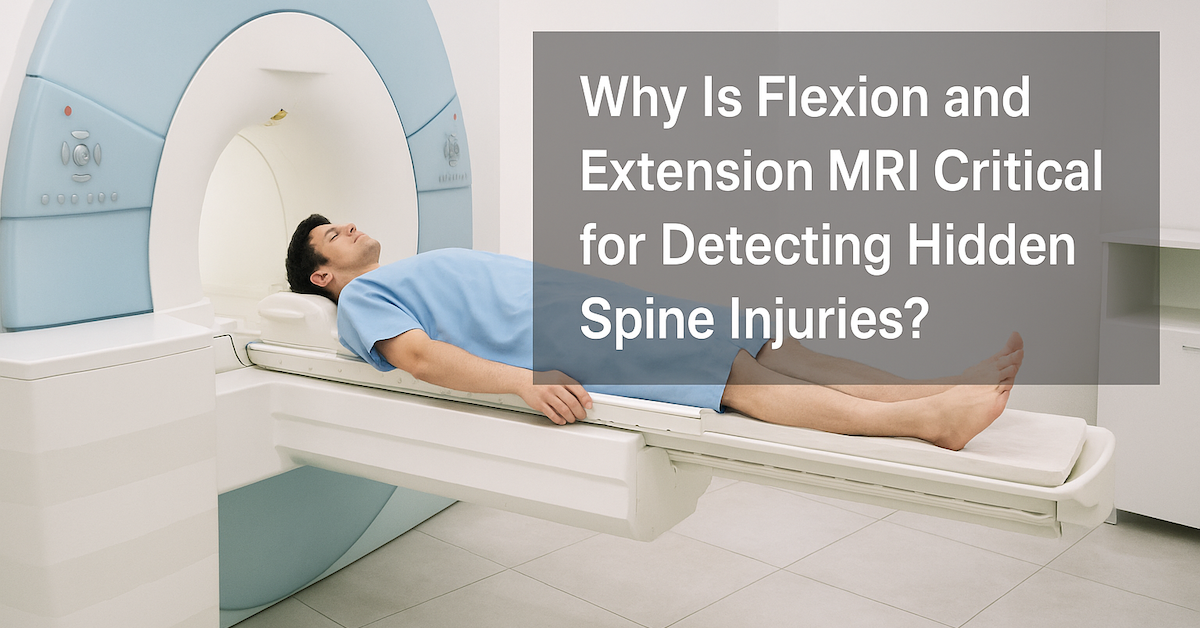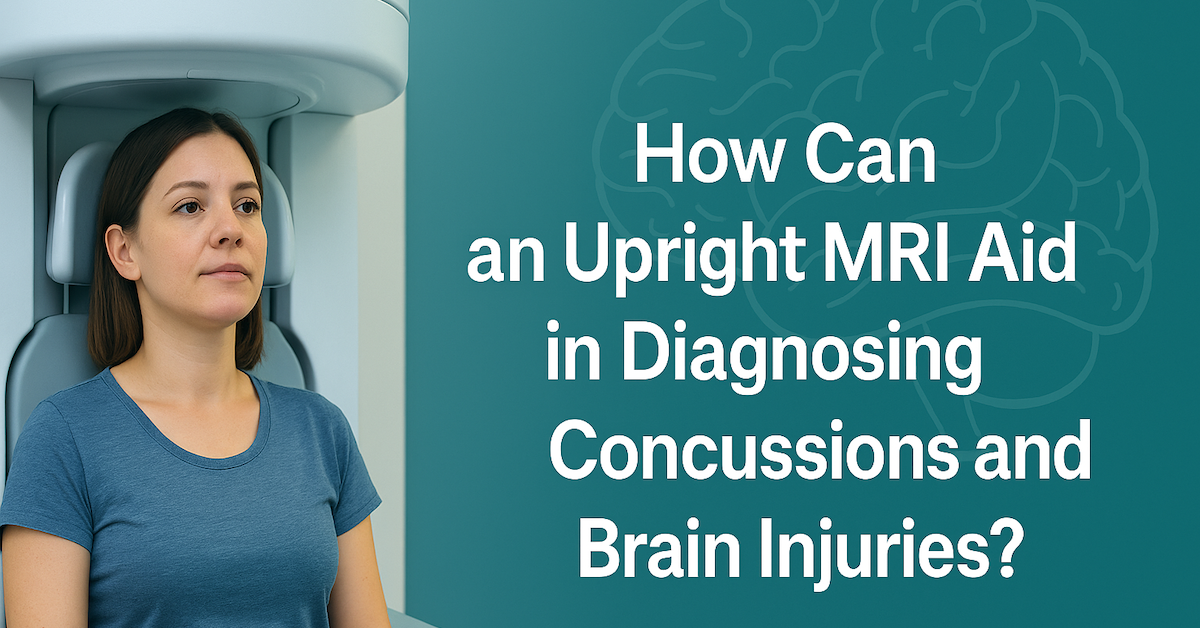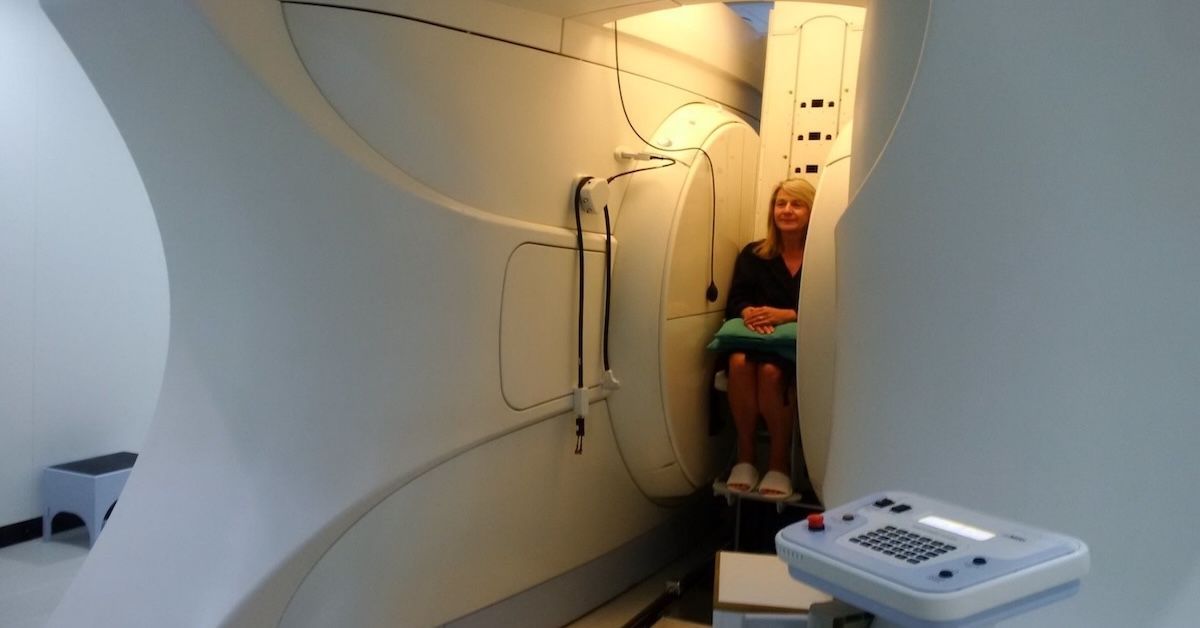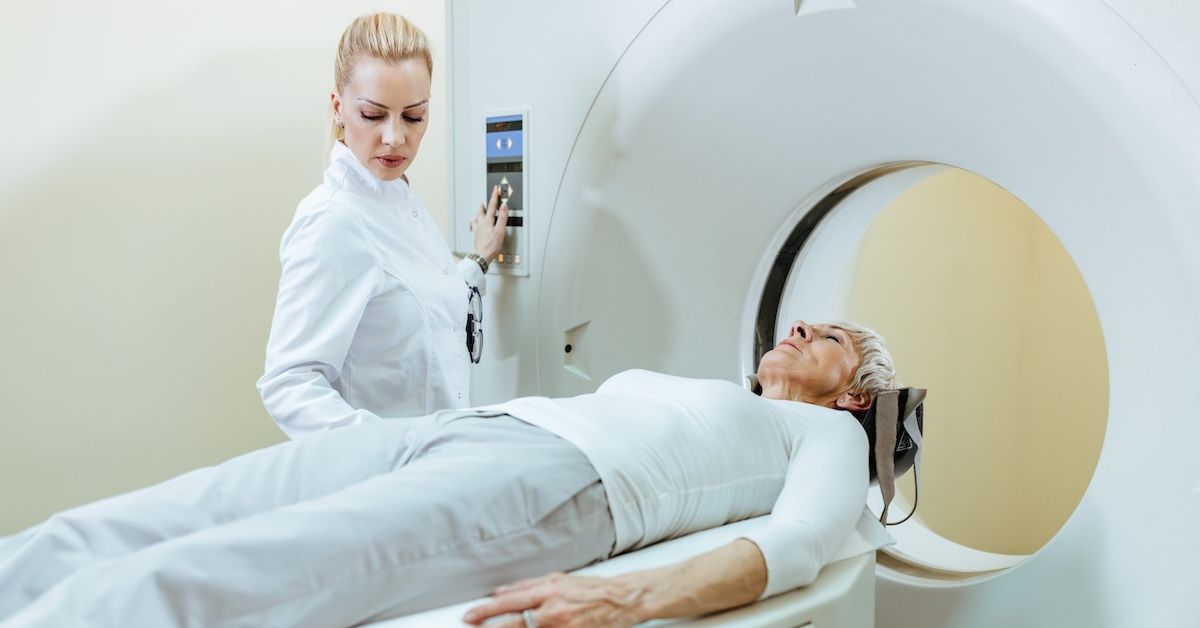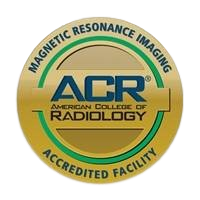Upright MRI Role in Detecting Dementia

Dementia is a debilitating condition that
affects millions of people worldwide. Early diagnosis is critical to providing patients with the best possible care and treatment options. In this blog post we will explain what dementia is, how it's diagnosed, and the role an MRI machine has in detecting it.
What is Dementia?
Dementia is a general term used to describe the gradual decline in mental ability that can be so severe that it interferes with daily life. It’s caused by physical changes in the brain, including damage to nerve cells. Dementia can affect people of all ages but is most common in older adults.
Essentially, it’s a progressive disease that robs individuals of their ability to function independently.
Symptoms of Dementia
Symptoms of dementia can vary greatly from person to person, but they typically involve a combination of the following:
- Memory loss
- Poor judgement
- Difficulties with language and communication
- Problems with balance and movement
- Changes in mood and behavior
- Unable to complete activities of daily living independently such as getting dressed, bathing, going to the grocery store, etc.
While there is no cure for dementia, there are various strategies that can be implemented to help manage the symptoms.
Alzheimer’s vs. Dementia
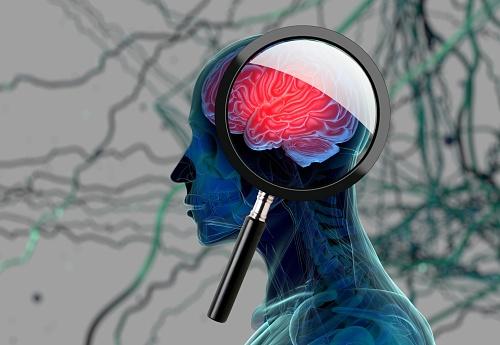
The terms “Alzheimer’s disease” and “dementia” are often used interchangeably, but they actually refer to two different things. Dementia is an umbrella term that describes a decline in cognitive function due to a number of underlying causes. Alzheimer’s disease specifically refers to a type of dementia that is caused by abnormal proteins that form plaques and tangles around brain cells. These proteins are known as amyloid and tau.
While Alzheimer’s disease is the most common type of dementia, there are actually many different types, each with its own cause. Other types of dementia include Lewy body dementia, frontotemporal lobe dementia, and vascular dementia.
Diagnosis of Dementia

There is no one definitive way to diagnose dementia as it varies by individual case and the resources available. However, some common methods for diagnosing dementia include:
- Clinical assessments: This is where the patient and their caregiver are interviewed in order to determine the nature and severity of the symptoms.
- Cognitive testing: This can help to identify any specific areas of impairment and assess how well the person is functioning overall.
- Brain imaging: An MRI or CT scan can sometimes be used to look for changes in brain structure that are associated with dementia.
Ultimately, a qualified healthcare professional will perform one of these diagnostic procedures to determine if an individual meets the criteria for the condition.
How does the MRI detect Dementia?
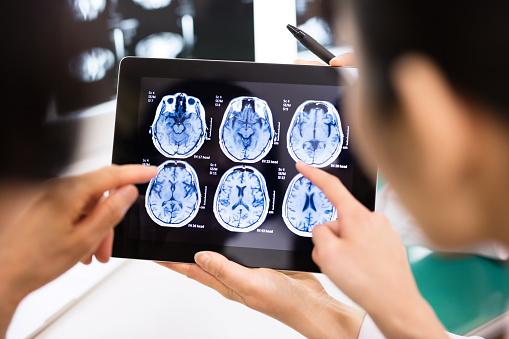
As we briefly touched on, an MRI machine can be used for detecting dementia because it can show changes in the brain that are associated with the disease. For example, an MRI can reveal areas of shrinkage (atrophy) in the brain, which is a common feature of dementia. The scan can also show changes in blood flow and activity levels in different parts of the brain, which can help identify the areas that are affected by the condition.
The Upright MRI advantage
One of the chief advantages to the Open Upright MRI is that it provides a more realistic view of the body in its natural position. This is important because not only are patients more likely to be cooperative and remain still during the scan, but it also provides a clearer view of the brain, resulting in better image quality and a more accurate diagnosis.
Additionally, the Open Upright MRI machine allows you to remain seated or standing during the exam, while with a traditional MRI you must lie down on a hard table in an enclosed tube. For many people, this can be quite uncomfortable and even claustrophobic.
Furthermore, traditional MRIs often require you to wear earplugs or headphones during the exam to block out loud noise and distractions. On the other hand, Upright MRI machines do not require earplugs and are 70% quieter than the regular MRI machine.
Learn more about Upright MRI of Deerfield
As the world’s most patient-friendly MRI machine, Upright MRI of Deerfield provides patients with a comfortable and stress-free MRI experience, giving them the peace of mind that they deserve.
If you or a loved one are experiencing any of the early signs of dementia, we urge you to contact Upright MRI of Deerfield and schedule an appointment for an MRI scan. Early detection is key in beginning treatment and preserving quality of life. With our new upright MRI technology, we are able to detect even the earliest signs of this devastating disease.
To learn more about Upright MRI of Deerfield, visit our website.
SHARE THIS POST:
Leave a Comment:
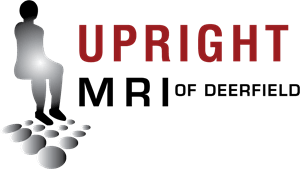
The World's Most Patient-Friendly MRI. A comfortable, stress-free, and completely reliable MRI scan. We offer patients an open, upright, standup MRI experience that helps those who are claustrophobic and stress being in a confined area. Upright MRI of Deerfield is recognized as the world leader in open MRI innovation,
Our Recent Post
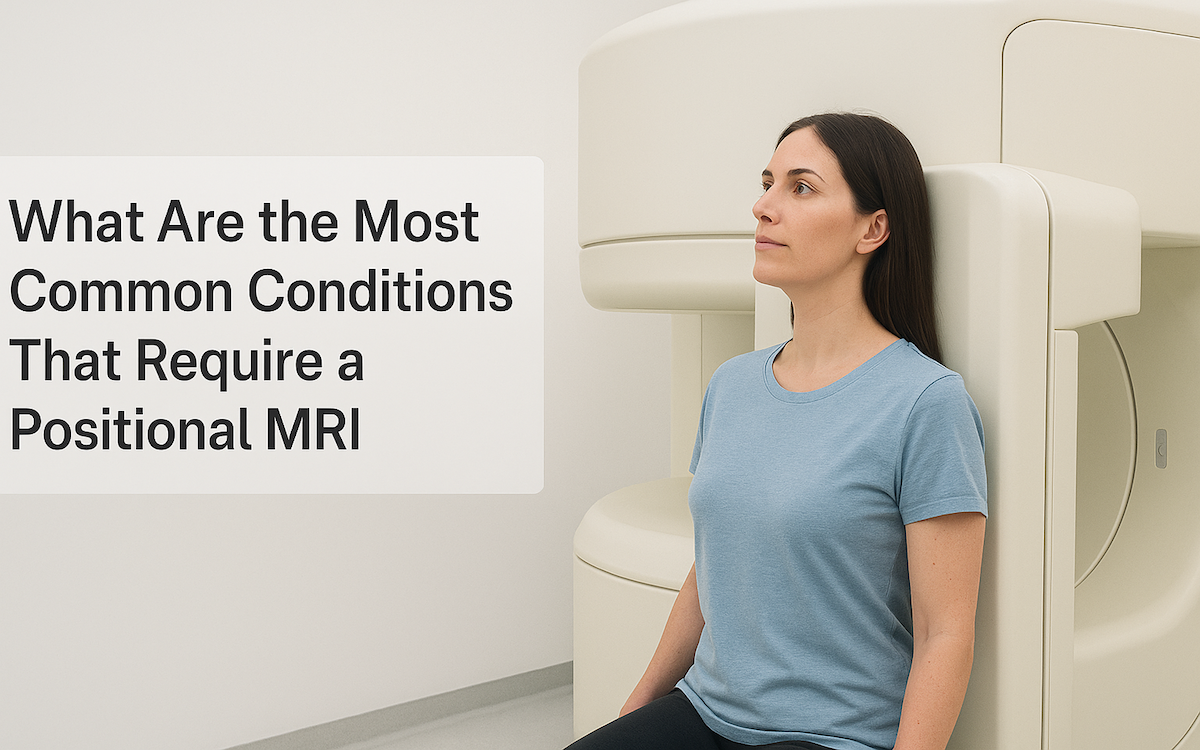
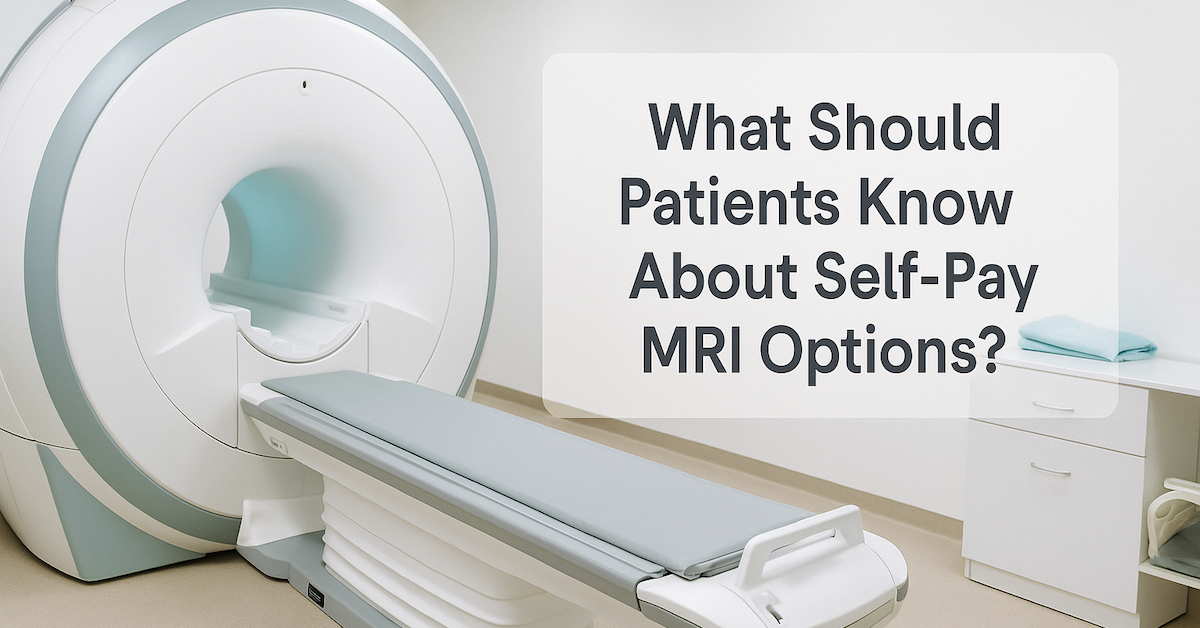

READ PATIENT TESTIMONIALS
Upright MRI of Deerfield.
Susan D.,
Highland Park, 39
I am going to tell everyone about your office! This was a great experience after I panicked in other MRI machines and had to leave. Thank you so much.

Judith B.,
Milwaukee, 61
I suffer from vertigo and other MRIs do not work. This was wonderful…absolutely NO discomfort at all. The MRI was so fast…I wanted to stay and watch the movie! Mumtaz was great. His humor really put me at ease. I’ve already recommended Upright MRI to friends.

Delores P.,
Glencoe, 55
Everything is so nice and professional with your place. I have been there a couple of times. My husband and I would not go anywhere else.

